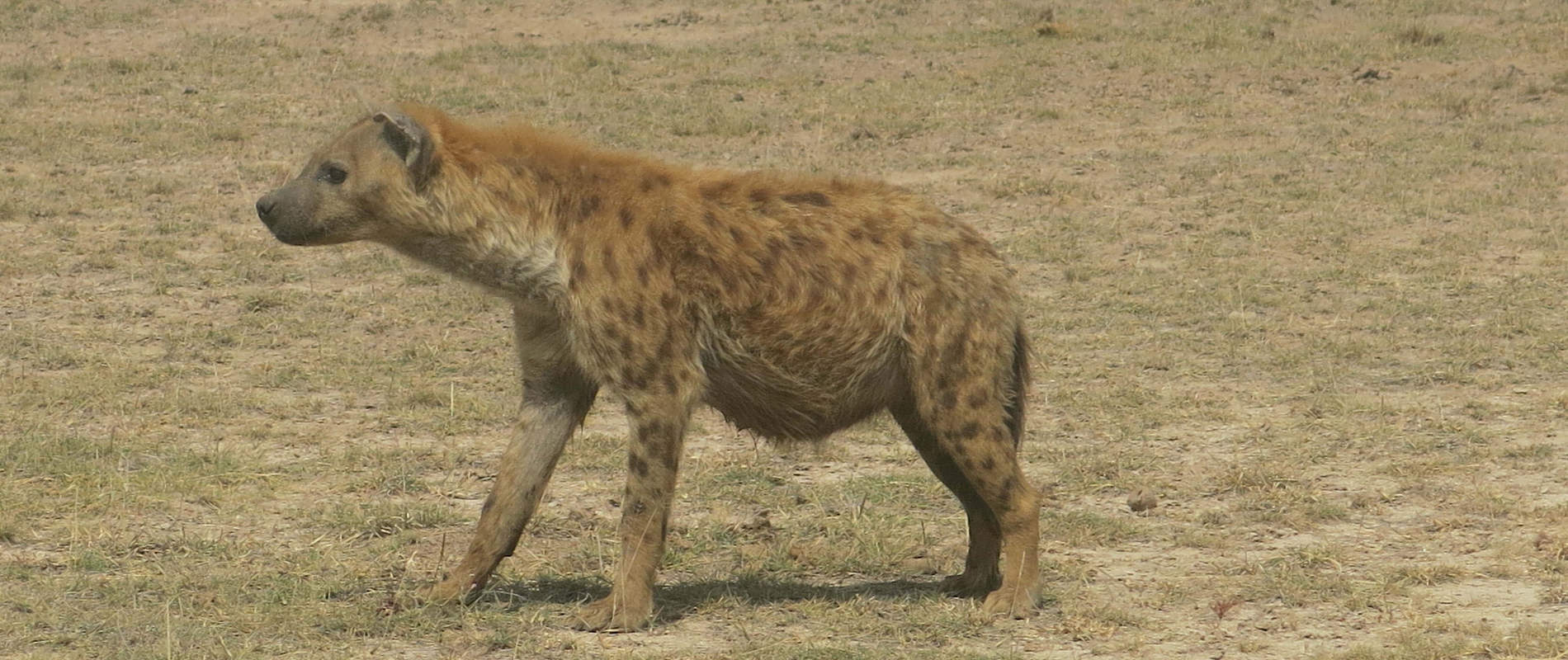MONTHLY REPORT - VETERINARY CLINICAL INTERVENTIONS FOR THE SOUTHERN CONSERVATION AREA (MVU) – JUNE 2015 Report by Dr
MONTHLY REPORT - VETERINARY CLINICAL INTERVENTIONS FOR THE SOUTHERN CONSERVATION AREA (MVU) – JUNE 2015
Report by Dr. Michael Njoroge
Monitoring and surveillance in Amboseli National Park and the surrounding ecosystem;
This month the Southern Conservation Area showed a marked decrease in the number of cases reported. This could be attributed to the increased surveillance within the area. The veterinary team carried out an aerial recce twice within the park and surrounding ecosystem at 2 week intervals. The DSWT provided an aircraft for this activity which took one and a half hours each time. The purpose of this exercise was to;
- See the distribution of wildlife within the park
- Check for injured/sick animals within the park
- Check for any unnoticed carcasses within the park and its surrounding ecosystem
- Check for any unusual activities or happenings within the park and the surrounding ecosystem
No unusual sighting was seen and the animals were seen to be evenly distributed within the park and surrounding ecosystem. The recce was conducted within Kimana, Lengisim, Porini and Marba areas as well as within the park.


CASE#1 TREATMENT OF A LAME ZEBRA
Date: 18th June 2015
Species: Zebra
Sex: Male
Age: Adult
Location: Meshenani, Amboseli Ecosystem
History
A male injured zebra was spotted lame by the veterinary team while on routine patrol. The team made a decision to immobilize, examine and treat the zebra.
Immobilization, examination and treatment
The zebra was immobilized using 7 mgs Etorphine Hydrochloride and 60 mg Azerperone in a 3cc dart from a vehicle using the Dan-inject system. Full immobilization took place after 7 minutes and the zebra fell on lateral recumbence. The zebra was blind folded and Opticlox applied to the eyes to avoid damage.


The zebra was observed to be lame resulting from an injury to the left hock joint. The limb was swollen at the hock joint but no external injury was visible. The zebra was injected with 50 ml Betamox and 50 ml Flunixine meglumine at different sites intramuscularly. The entire operation lasted about 15 minutes.


Reversal
Reversal of the anaesthetic was done using 21 mg Diprenorphine and it took about 4 minutes for complete reversal.


Prognosis
The prognosis is good
CASE#2 TREATMENT OF AN ELEPHANT WITH A SPEAR WOUND
Date: 23rd June 2015
Species: Elephant
Sex: Male
Age: Adult, 40-50 yrs
Location: Kiboko, (Chyulu) Amboseli Ecosystem
History
The KWS rangers at the Kiboko area while on their routine daily patrols spotted an injured elephant and made a report to the veterinary team. On arrival, the team found the elephant in a thick, bushy area. The terrain was rocky and therefore darting from foot was the only option.


Immobilization, examination and treatment
The elephant was immobilized using 18 mgs Etorphine Hydrochloride in a 3cc dart using the Dan-inject system. Full immobilization took place after 8 minutes and he fell on right lateral recumbency. The trunk was maintained patent using a piece of stick placed across the nostril entrances. The ears were used as blindfold.


On physical examination the elephant had a penetrating wound on the right limb most likely caused by a spear. The wound was septic and full of pus. The dead tissue was debrided and removed before the wound was thoroughly cleaned using water and Hydrogen Peroxide and then lavaged using tincture of Iodine.


Topical antibiotic cream and green clay was then applied into the wound to facilitate healing and avoid infection. The elephant was then injected with 200ml Amoxcycillin, 100ml Flunixine meglumine at different sites intramuscularly. The entire operation lasted about 30 minutes.


Reversal
The anaesthetic was reversed using 54mg Diprenorphine Hydrochloride into the ear vein. It took about 7 minutes to be fully awake and walk away from the site.
Prognosis
Prognosis is good.
CASE#3 POSTMORTEM OF A HIPPOPOTAMUS
Date of death: 29th June 2015
Date of postmortem: 29th June 2015
Species: Hippopotamus
Sex: Female
Age: Adult
Location: Amboseli National Park
History
A mysterious death of a hippopotamus was reported within the park by the KWS rangers during their normal routine patrol.
General and Physical examination of the carcass
On general examination, the animal was in a fair body condition and was on the left lateral side. No physical injury was observed. There was blood oozing from the anus, genitalia and slightly from the mouth. A decision was made not to open the carcass as some signs suggested a differential diagnosis of anthrax.


Blood smears were collected, examined and found to be free from bacillus rods and any bacterial infection.
Conclusion
Further examination could not be carried out as the carcass had been disposed of. The cause of death could have been a viral infection.
Acknowledgements
The Southern Conservation Area Mobile Veterinary Unit is grateful to all individuals and organisations that played a role in assisting us towards achieving our goal. Many thanks to The David Sheldrick Wildlife Trust, The Samuel J and Ethel Lefrak charitable trust and The Kenya Wildlife Service for their continued support to this unit which aims at immediate response to clinical intervention, wildlife rescues and alleviating wildlife suffering.






















